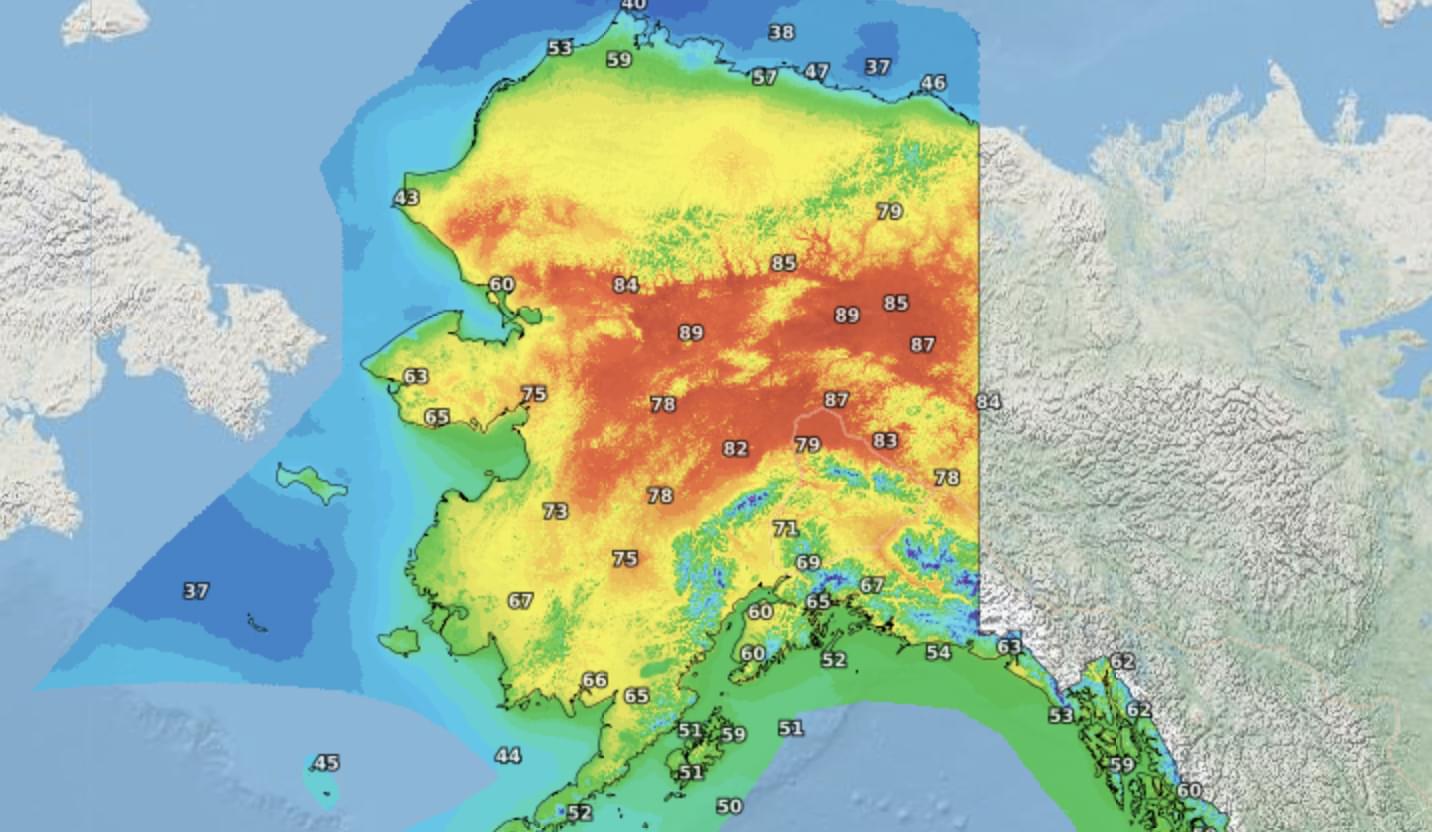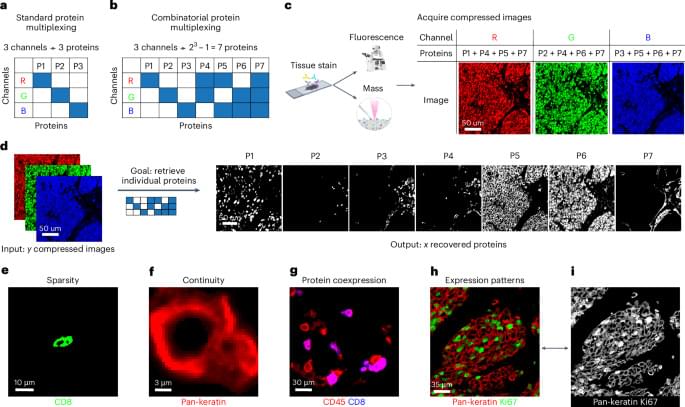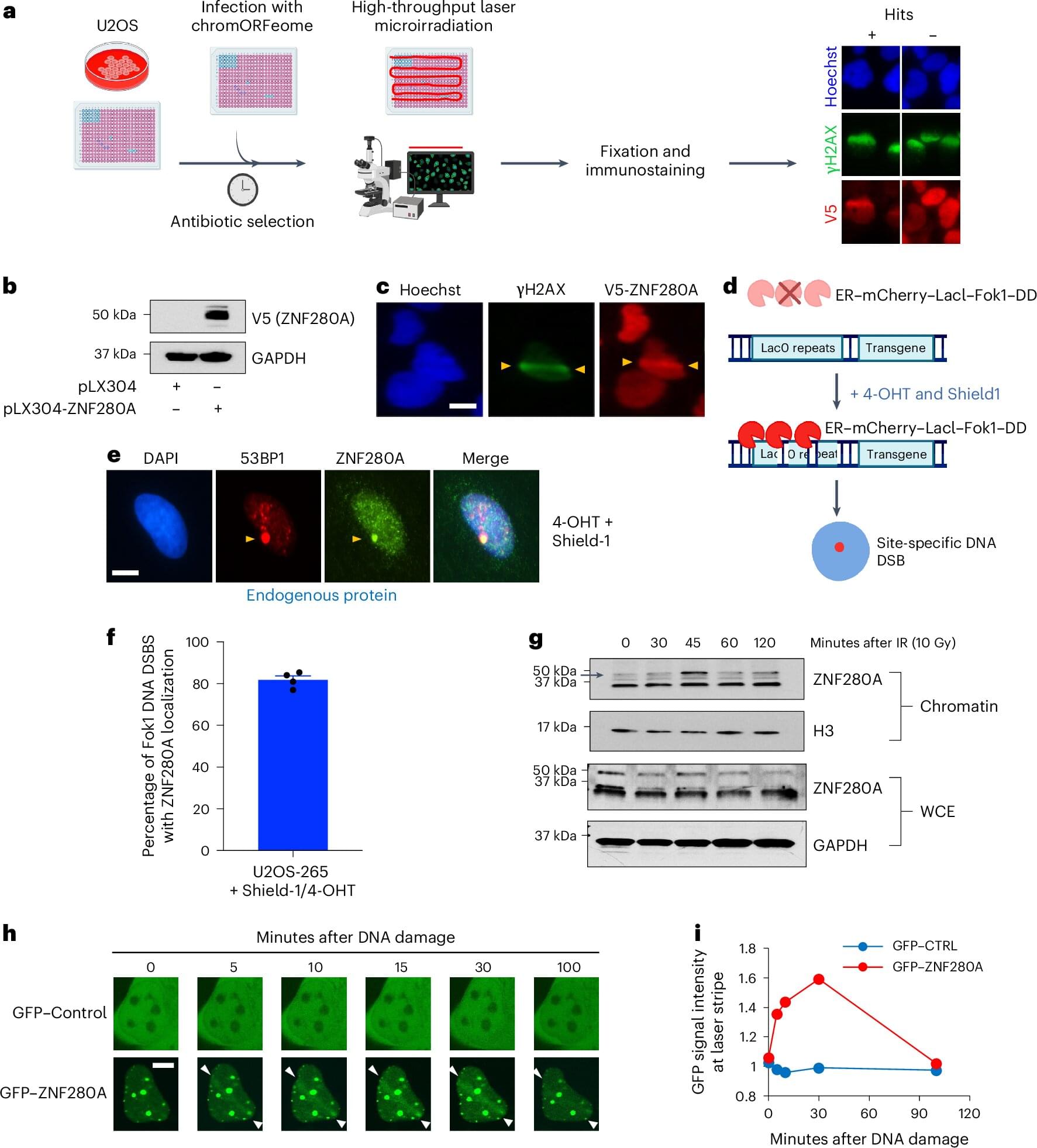Good channel here.
The future of human longevity just got a $500billion booste thanks to Trump’s bold new AI vision! In this video, we explore the recently announced Stargate AI Infrastructure Project—a staggering $500 billion initiative unveiled by President Donald Trump on January 21, 2025, alongside tech titans OpenAI, Oracle, and SoftBank. Designed to build colossal data centers and supercharge AI development, could this ambitious plan hold the key to curing aging? We dive into the cutting-edge science, the potential of AI to revolutionize healthcare, and how Stargate might reshape humanity’s fight against time. Buckle up for a wild ride into the future!
🔍 What You’ll Discover:
The Stargate Project: Trump’s massive AI infrastructure gamble.
How AI could unlock breakthroughs in aging research.
The players: OpenAI, Oracle, SoftBank, and their bold vision.
The big question: Can this tech triumph over mortality?
JOIN LSN Patreon for exclusive access to news, tips and a community of like minded longevity enthusiasts: https://www.patreon.com/user?u=29506604
🔔 Like, subscribe, and hit the bell for more groundbreaking insights every week! Tell us in the comments: Do you think Stargate could be the key to curing aging? Let’s debate it!








